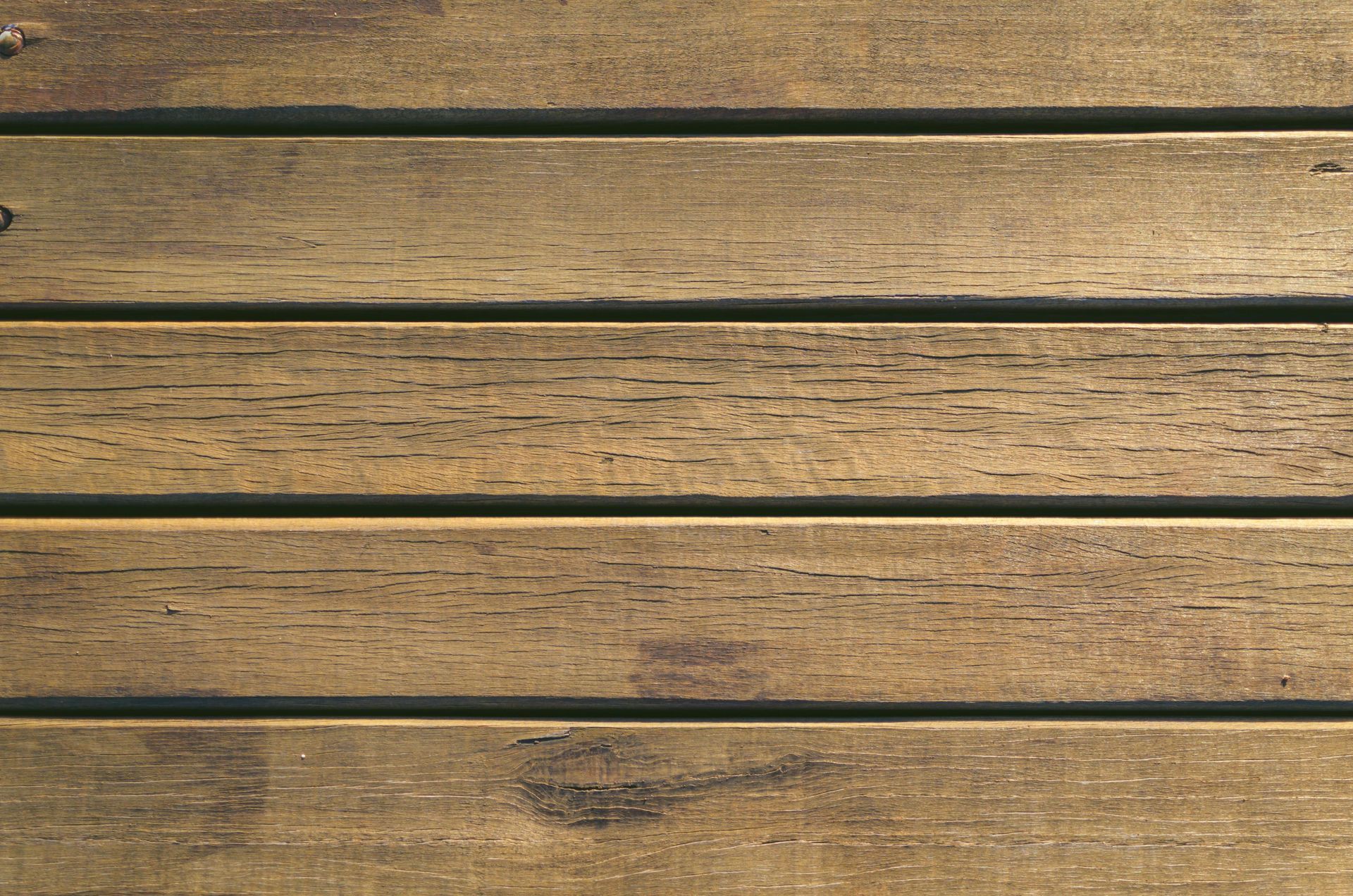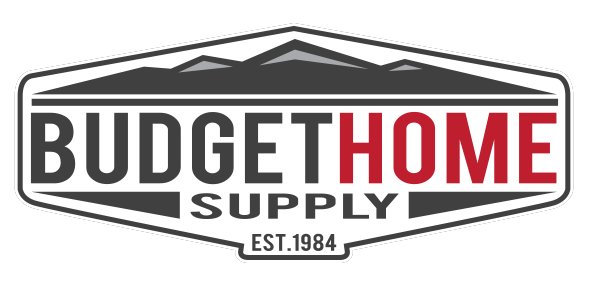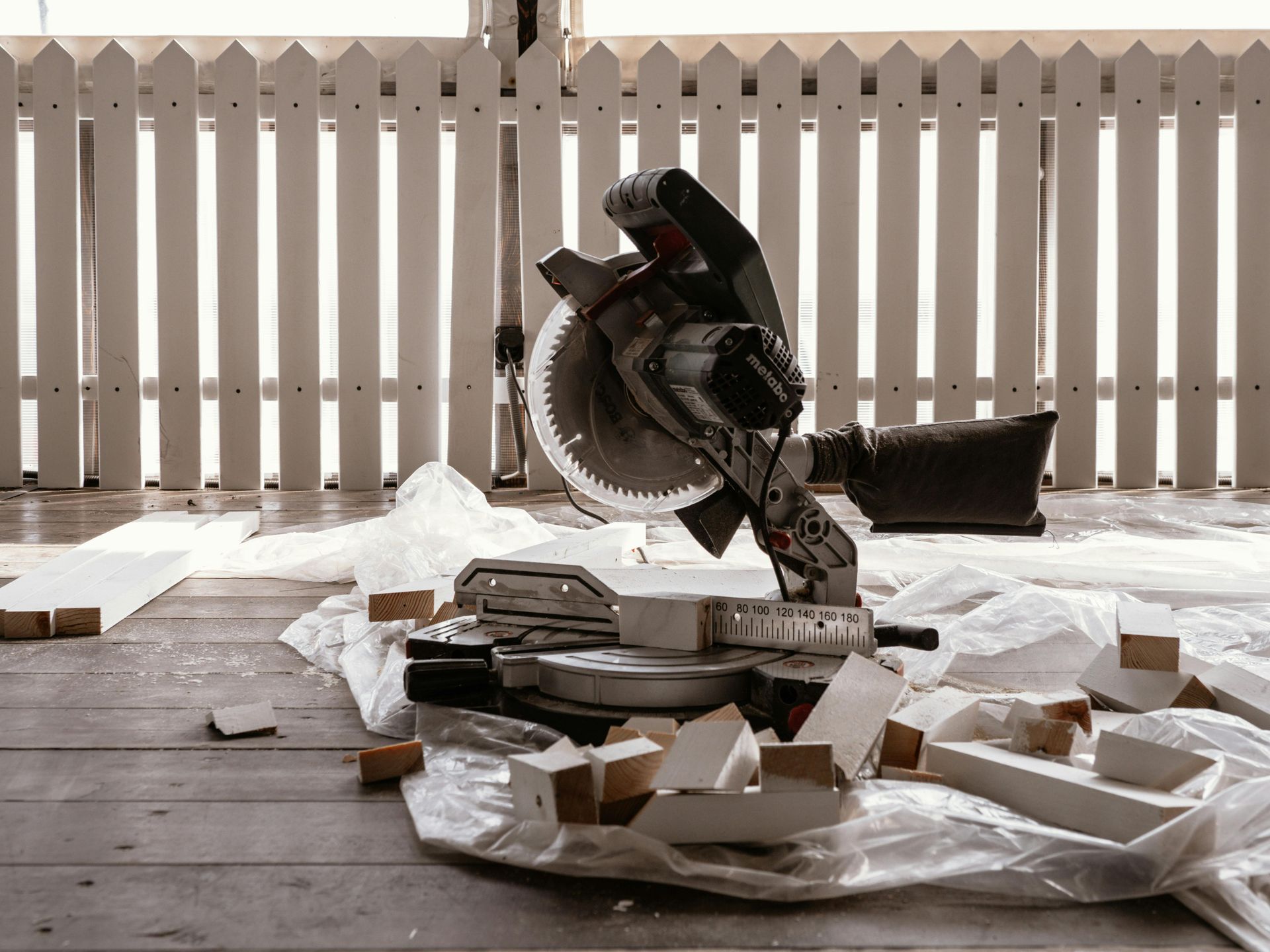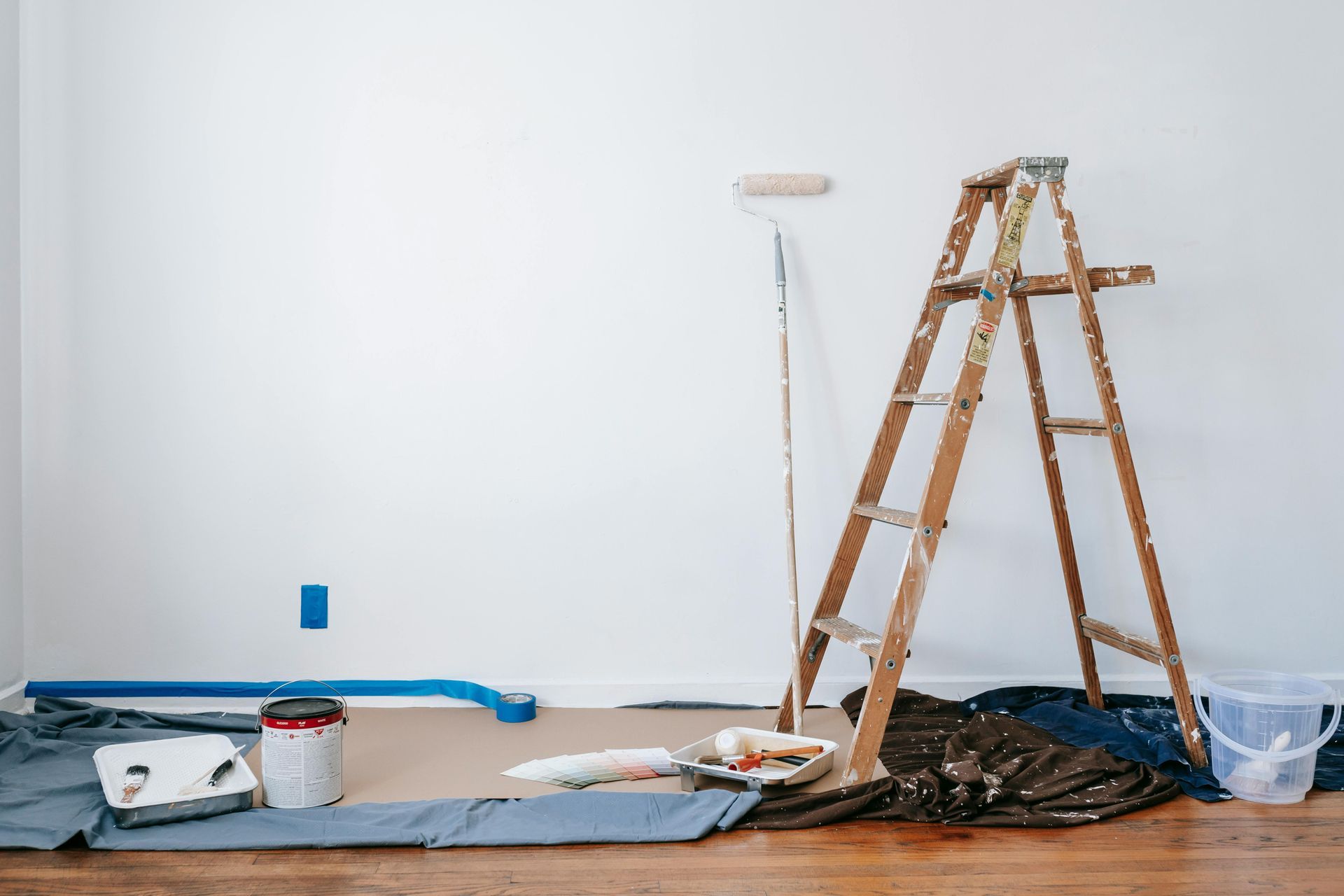The Advantages of Composite Decking: Why Budget Home Supply Leads Northern Colorado
Outdoor living spaces have become an essential part of modern homes. Homeowners are investing in decks that last longer, require less maintenance, and fit a variety of design preferences. Among the materials available, composite decking has earned a strong reputation for reliability and appearance.
In Northern Colorado, where temperature swings, sun exposure, and snowfall can take a toll on outdoor materials, selecting the right deck surface is crucial. This is where Budget Home Supply comes in. They are the largest supplier of composite decking in the region, providing top-quality materials and expert guidance to both homeowners and contractors.
What Is Composite Decking?
Composite decking is a manufactured material made from a combination of wood fibers and recycled plastics. The blend produces boards that resemble natural wood but offer enhanced strength and resistance to wear. The result is a surface that withstands moisture, sun, and heavy use without the same level of upkeep that wood requires.
Unlike natural wood, composite boards don’t need regular staining or sealing. They resist rot, mold, and insect damage. Most brands also use UV-resistant coatings, which help maintain color over time. For many property owners, this means fewer hours spent maintaining the deck and more time using it.
Why Homeowners Choose Composite Decking
The practical advantages of composite decking are evident when compared to traditional wood. The main benefits include:
1. Low Maintenance
Routine cleaning with mild soap and water is typically sufficient to maintain the appearance of a composite deck. There’s no need for sanding, sealing, or staining, which reduces long-term maintenance costs.
2. Durability
Composite materials resist warping, cracking, and splintering, all common problems with wood exposed to moisture or intense sunlight. This durability makes composite decking a strong choice for Northern Colorado’s varied climate.
3. Aesthetic Options
Manufacturers now offer a wide range of colors, textures, and grain patterns. Homeowners can choose from warm earth tones, modern grays, or traditional wood tones that match the home’s exterior design.
4. Environmental Benefits
Many brands use recycled plastics and reclaimed wood fibers, reducing waste and promoting sustainability. According to the U.S. Environmental Protection Agency (EPA), recycling plastic materials helps conserve energy and decrease landfill buildup. Choosing composite decking supports that effort.
5. Long-Term Value
Although composite materials may be more expensive initially, their longer lifespan and lower maintenance costs make them cost-effective in the long run. Most boards come with extended warranties that cover 25 years or more.
Why Budget Home Supply Leads Northern Colorado
For over four decades, Budget Home Supply has served the building community of Longmont and the surrounding areas. Their commitment to offering reliable materials and honest guidance has made them the preferred source for composite decking in Northern Colorado. Several factors set them apart:
1. Extensive Product Range
Budget Home Supply carries the largest selection of composite decking in the region. Homeowners and builders can compare multiple brands, finishes, and color options side by side. Whether the project involves a small backyard renovation or a large outdoor entertainment area, they can match the right product to the design and budget.
2. Trusted Brands
Their lineup includes industry leaders such as Trex and TimberTech, known for quality and innovation. These manufacturers are recognized nationwide for their strong warranties and consistent performance.
3. Knowledgeable Team
Each department at Budget Home Supply has experienced staff trained in specific product categories. When it comes to decking, their specialists understand material properties, installation techniques, and local building codes and regulations. This ensures that customers receive accurate information before making a purchase.
4. Convenient Displays and Samples
Their Longmont facility features a full outdoor decking display, allowing customers to see and feel how different composite decking options look in real conditions. This hands-on approach enables the selection of materials with confidence.
5. Reliable Supply and Delivery
With their large warehouse and organized logistics, Budget Home Supply keeps a steady inventory of decking boards, railings, and accessories. Their in-house fleet delivers materials directly to job sites, saving builders and homeowners time and effort.
Comparing Composite Decking and Wood
Many people still consider traditional wood decking for its natural appearance and initial affordability. However, composite decking offers several measurable advantages in terms of longevity, maintenance, and overall value.
Feature
Traditional Wood
Composite Decking
Maintenance
Requires yearly sanding, staining, or sealing
Only periodic cleaning is needed
Lifespan
10–20 years (with upkeep)
25–30+ years
Resistance to Weather
Can warp, crack, or rot
Resistant to moisture, mold, and UV rays
Sustainability
Depends on the wood source
Made from recycled materials
Cost Over Time
Increases due to maintenance
Decreases due to low upkeep
This comparison highlights why composite decking has become the material of choice for long-term outdoor projects, particularly in climates that challenge natural wood.
Local Conditions and Deck Performance
Colorado’s environment can be demanding. Between dry summers, snowy winters, and high-altitude UV exposure, decks in this region experience significant stress.
Composite decking holds up under these conditions better than most alternatives. It resists cracking caused by freeze-thaw cycles and maintains structural integrity through temperature changes. Budget Home Supply’s team often recommends specific brands and finishes optimized for Northern Colorado’s conditions, ensuring each installation performs well throughout the year.
Design Flexibility
Another benefit of composite decking is its flexibility in design. Boards can be used for a range of styles, from traditional backyard decks to rooftop patios and multi-level layouts.
Accessories such as hidden fasteners, lighting systems, and matching railings help create a clean, cohesive appearance. Many homeowners also combine composite decking with metal or wooden accents for a custom look.
Budget Home Supply offers guidance on planning and sourcing these design elements. Their showroom displays help customers visualize different layouts and finishes before purchasing materials.
Sustainability and Responsibility
Consumers today pay closer attention to how materials are sourced and manufactured. Composite decking answers these concerns by using reclaimed wood fibers and recycled plastics. Brands like Trex and TimberTech promote eco-friendly production methods, transforming waste materials into durable, long-lasting boards.
This commitment to sustainability matches Budget Home Supply’s values. As a local company with deep community ties, they emphasize quality products that minimize environmental impact and reduce waste over time.
Installation and Maintenance Tips
Although composite decking requires less maintenance, proper installation and periodic cleaning are still essential. Budget Home Supply’s experts often recommend:
- Using manufacturer-approved fasteners and tools.
- Ensure proper ventilation beneath the deck to prevent moisture from becoming trapped.
- Cleaning the surface a few times a year with mild detergent and water.
- Avoid using high-pressure settings when pressure washing to prevent damage to the board surface.
Following these practices helps maintain the deck’s consistent appearance for years and ensures the manufacturer’s warranty remains valid.
Long-Term Investment for Colorado Homes
Investing in composite decking adds both beauty and practicality to a property. A well-built deck extends the home’s living space, increases its resale value, and requires minimal ongoing maintenance.
For many Colorado homeowners, the decision comes down to balancing cost, effort, and durability. When viewed over 25 years, composite decking consistently proves to be the more financially and lifestyle-wise brilliant choice.
Contact Budget Home Supply for Composite Decking in Northern Colorado
Homeowners and builders who want reliable materials, trusted brands, and professional support turn to Budget Home Supply. As Northern Colorado’s largest composite decking supplier, they provide access to top-quality products, expert guidance, and dependable delivery services.
Visit their showroom in Longmont to explore decking samples and speak with knowledgeable staff about your next project.
Learn more about composite decking options on their website or
contact Budget Home Supply today to request a quote or schedule a consultation.





